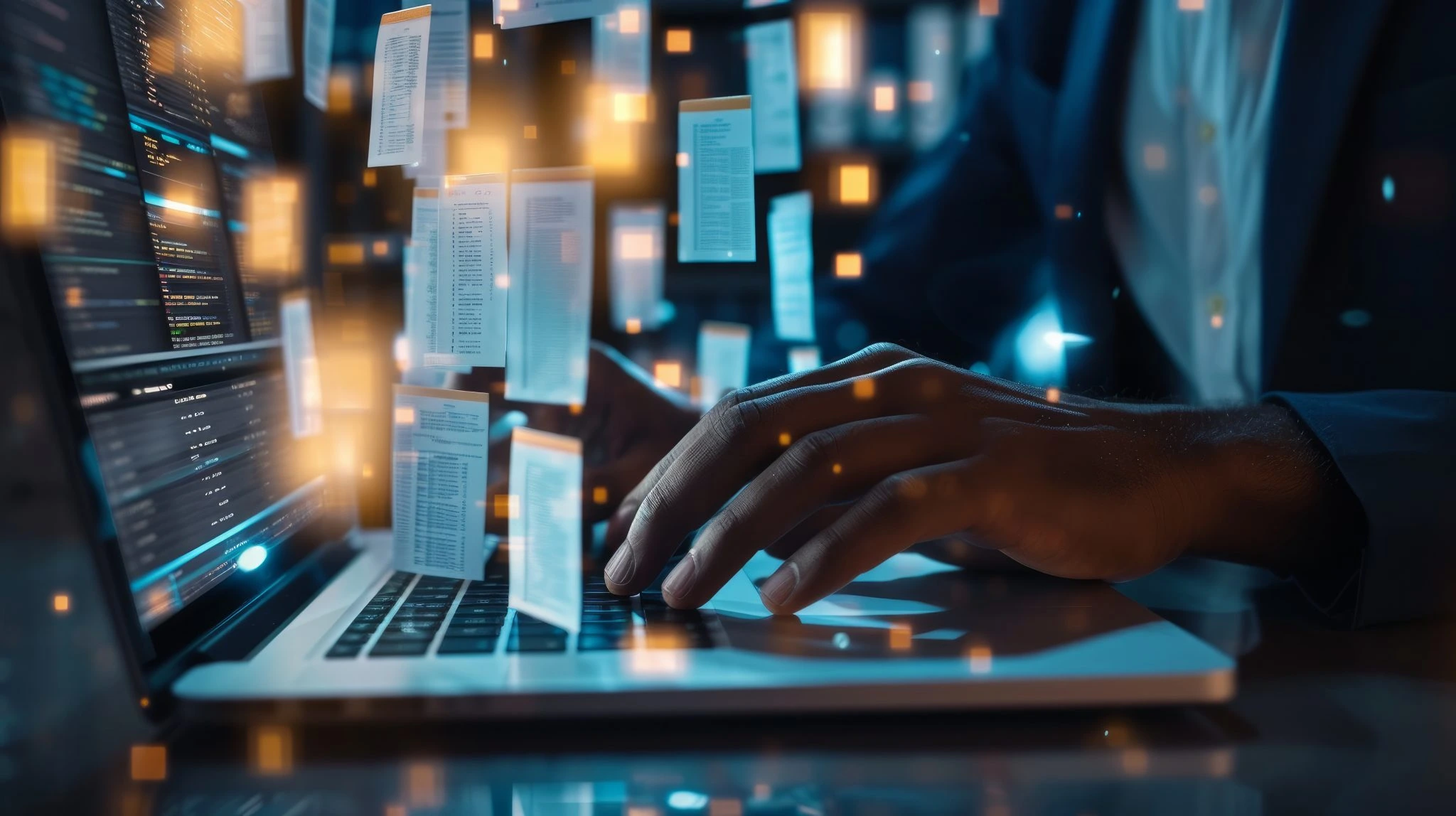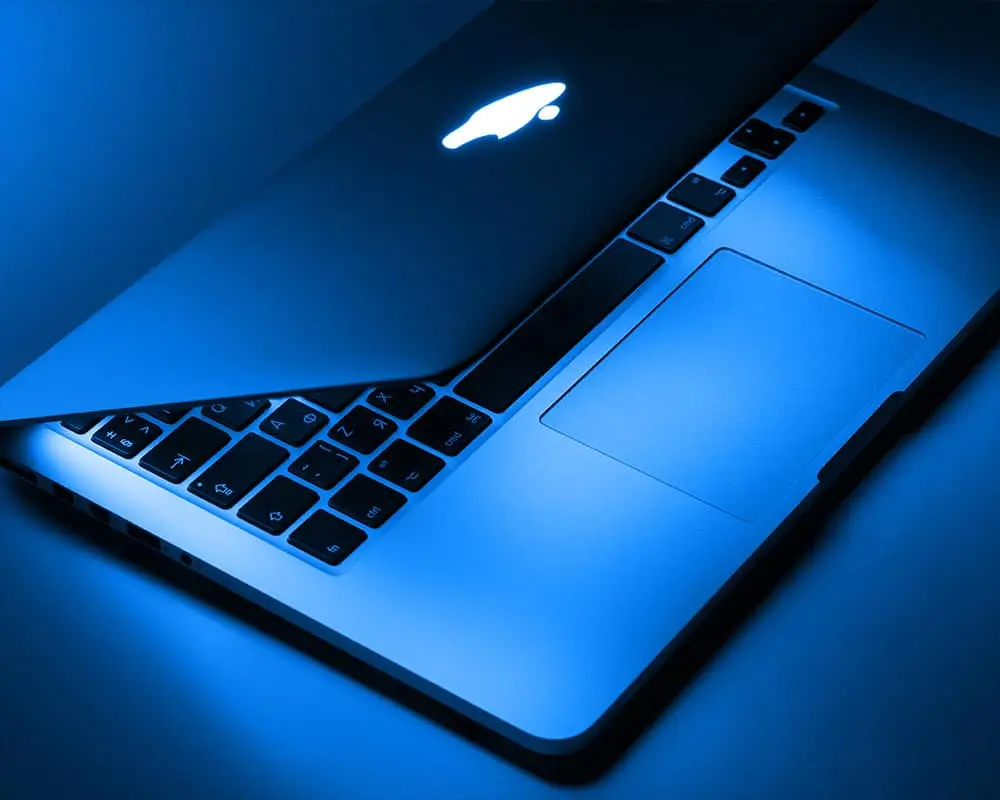- Upgrade your defenses, not your anxiety. Let’s Talk! Contact Us

From Ancient Egypt to Modern Crime Labs: Tracing the Evolution of Forensics.
In a world full of mysteries
waiting to be unraveled, the art of forensics has emerged as a captivating
force that bridges the gap between truth and deception. From the first crude
techniques employed by ancient Egyptians to today's cutting-edge crime labs
equipped with state-of-the-art technology, the evolution of forensics has been
nothing short of extraordinary. Join us on an exhilarating journey through time
as we explore how this fascinating field has transformed over centuries,
unearthing secrets, solving crimes, and forever changing our understanding of
justice.
With each passing era, remarkable
breakthroughs have fortified our ability to solve baffling cases that were once
deemed unsolvable. Thanks to dedicated individuals who pushed boundaries in their
relentless quest for truth, we now find ourselves at the apex of forensic
prowess. By skillfully utilizing varying scientific disciplines such as
chemistry, biology, pathology, genetics, and more recently digital analysis
technologies like computer forensics – investigators are able not only preserve
crucial pieces of evidence but also uncover hidden details invisible to
ordinary eyesight or knowledge alone. Even though today’s mind-boggling
advancements in DNA profiling or fingerprint matching may seem light years away
from ancient civilizations scraping off bloodstains or using witnesses’
testimonies as primary sources for conviction – every step along this
transformative journey played its part in laying down foundations upon which
future.
Are you ready to delve into the
depths of history and witness the incredible advancements that have shaped
modern forensic science? Buckle up; it's going to be one thrilling ride!
44 BC: Roman physician, Antistius performed the first officially recorded autopsy on the slain body of Roman Politician, Julius Ceaser.

3000 BC:The practice of removal and examination of the internal organs of human after death by the Egyptians can site the earliest example of Autopsy.

700’s: Chinese
used Fingerprints to establish the identity of documents and clay sculptures.
Evidence of Fingerprints in early paintings and rock carvings of the
pre-historic humans.

1000’s: Quintilian, an attorney in the Roman courts, showed the bloody palm prints were meant to frame a blind man of his mother’s murder.

1248 AD: Chinese book “His Duan Yu”, has a description on how to distinguish drowning from strangulations. This was the first recorded application of medical knowledge to the solution of crime.

1609 AD: The first treatise on systematic document examination was published by Francois Demille of France.

1686 A.D: Marcello Malpighi, an anatomy professor at the University of Bologna, noted the fingerprint characteristics.

1773 A.D: Swedish chemist, Carl Wilhelm Scheele, developed first chemical test to detect arsenic in the corpse.

1784 A.D:In Lancaster, England, John Toms was convicted of murder on the basis of the torn edge of wad of newspaper in a pistol matching a remaining piece in his pocket. This was one of the first documented uses of physical matching.

1800’s: Thomas Bewick, an English naturalist, used engravings of his own fingerprints to identify the books he published.

1810 A.D:The first recorded use of Questioned Document Analysis occurred in Germany.
1813 A.D: Mathiew Orfila, Professor of Medicine/Forensic Chemistry at the University of Paris published first scientific treatise on the detection of poison. He is considered as the “Father of Modern Toxicology”. He also made significant contributions to the development of tests for the presence of blood in forensic context and is credited as the first to attempt the use of microscope in the assessment of blood and semen stains.

1820 A.D: A French detective is the pioneer to use ballistics and makes plaster casts of shoe impressions to solve crimes.

1823 A.D:John Evangelist Purkinji, a professor of anatomy at the University of Breslau, Czecheslovakia, published the first paper on the nature of fingerprints and suggested a classification system based on nine major types. However, he failed to recognize their individualizing potential.

1830’s: Adolphe Quetelet, a Belgian statistician, provided the foundation for Bertillon’s work by stating his belief that no two human bodies were exactly alike.

1831 A.D: Leuchs first noted amylase activity in human saliva.
1835 A.D: Henry Goddard used bullet comparison to catch a murderer. His comparison was based on a visible flaw in the bullet which was traced back to a mold.

1836 A.D: James Marsh, a Scottish chemist, was the first to use toxicology (arsenic detection) in a jury trial.
+in+a+jury+trial..webp)
1839 A.D – 1864 A.D:
- 1864: H. Bayard published
the first reliable procedures for the microscopic detection of sperm. He
also noted the different microscopic characteristics of various substrate
fabrics.
- 1851: Jean Servais Stas(in
pic left), a chemistry professor, was the first successfully to identify
vegetable poisons in body tissue.
- 1856: Sir William Herschel
(in pic right), a British officer working for the Indian Civil service,
began to use thumbprints on documents both as a substitute for written
signatures for illiterates and to verify document signatures.
- 1864: Odelbrecht first advocated the use of photography for the identification of criminals and the documentation of evidence and crime scenes.
1877 A.D: Thomas Taylor, microscopist to U.S. Department of Agriculture suggested that markings of the palms of the hands and the tips of the fingers could be used for identification in criminal cases.

1879 A.D: Rudolph Virchow, a German pathologist, was one of the first to both study hair and recognize its limitations.

1880 A.D: Henry
Faulds, a Scottish physician working in Tokyo, published a paper in the journal
“ Nature “ suggesting that fingerprints at the scene of a crime could identify
the offender. In one of the first recorded uses of fingerprints to solve a
crime, Faulds used fingerprints to eliminate an innocent suspect and indicate a
perpetrator in a Tokyo burglary.
1883 A.D:Alphonse
Bertillon, a French police employee, identified the first recidivist based on
his invention of anthropometry
1891 A.D: Hans
Gross, examining magistrate and professor of criminal law at the University of
Graz, Austria, published Criminal Investigation, the first comprehensive
description of uses of physical evidence in solving crime. Gross is also
sometimes credited with coining the word criminalistics.
1892 A.D: (Sir)
Francis Galton published Fingerprints, the first comprehensive book on the
nature of fingerprints and their use in solving crime.
1892: Juan
Vucetich, an Argentinean police researcher, developed the fingerprint
classification system that would come to be used in Latin America. After
Vucetich implicated a mother in the murder of her own children using her bloody
fingerprints, Argentina was the first country to replace anthropometry with
fingerprints.
1896: Sir
Edward Richard Henry developed the print classification system that would come
to be used in Europe and North America. He published Classification and Uses of
Fingerprints.
1897:The
Council of the Governor-General of India approved a committee report that
fingerprints should be used for the classification of criminal records. Azizul
Haque and Hem Chandra Bose(in pic) are the two Indian fingerprint experts
credited with the primary development of the Henry System of fingerprint classification.
Azizul Haque(in pic) is one of the two Indian fingerprint experts credited with
the primary development of the Henry System of fingerprint classification.
1898: Paul
Jesrich, a forensic chemist working in Berlin, Germany, took photomicrographs
of two bullets to compare, and subsequently individualize, the minutiae.
1901: Sir
Edward Richard Henry was appointed head of Scotland Yard and forced the
adoption of fingerprint identification to replace anthropometry.
1910: Albert S.
Osborne, an American and arguably the most influential document examiner,
published Questioned Documents.

1910: Edmund
Locard, professor of forensic medicine at the University of Lyons,
France,established the first police crime laboratory. He was known as the
“Sherlock Holmes of France”. He formulated the basic principle of forensic
science: “Every contact leaves a trace”. This became known as Locard’s exchange
principle.
1916: Albert Schneider of Berkeley, California first used a vacuum apparatus to collect trace evidence.1918: Edmond Locard first suggested 12 matching points as a positive fingerprint identification.
1920s: Calvin
Goddard, with Charles Waite, Phillip O. Gravelle, and John H Fisher, perfected
the comparison microscope for use in bullet comparison.
1932: The Federal
Bureau of Investigation (FBI) crime laboratory was created.
1950: Max Frei-Sulzer, founder of the first Swiss criminalistics laboratory, developed the tape lift method of collecting trace evidence.

1960s: Voiceprint
identification was first developed by Lawrence G. Kersta, an engineer from New
Jersey, who researched sound identification for the FBI.
1977: The FBI
introduced the beginnings of its Automated Fingerprint Identification System
(AFIS) with the first computerized scans of fingerprints.
1984:(Sir) Alec Jeffreys developed the first DNA profiling test. It involved detection of a multi-locus RFLP pattern.

1984: FBI
Magnetic Media Program created… this later becomes the Computer Analysis and
Response Team (CART)
1986-87:
- 1986- In the first use of
DNA to solve a crime, Jeffreys used DNA profiling to identify Colin
Pitchfork as the murderer of two young girls in the English Midlands.
Significantly, in the course of the investigation, DNA was first used to
exonerate an innocent suspect.
- 1987 – DNA profiling was introduced for the first time in a U.S. criminal court. Based on RFLP analysis performed by Life codes, Tommy Lee Andrews was convicted of a series of sexual assaults in Orlando, Florida.

1996: The FBI introduced computerized searches of the AFIS fingerprint database. Livescan and card scan devices allowed interdepartmental submissions. This is not the end of any new inventions and discoveries, out there, as forensics evolve so does the criminal minds and complexity of cases, we will shortly share more discoveries in the next post.
Source: Internet
Reach out to us any time to get customized
forensics solutions to fit your needs. Check out Our Google Reviews for a
better understanding of our services and business.
If you are looking for Forensics Investigations
in Bangalore, give us a call on +91 91089 68720 / +91 94490 68720.
Search
Popular categories
Forensics
27Cybersecurity
16Awareness
4Current Trends
3Case Studies
1Latest blogs

Pre-Exit Forensics: Prevent Data Theft Before Employees Leave

Mac Forensics: Why It Matters for Cybersecurity, Compliance, and Corporate Protection

Why Digital Forensics is Crucial for Solving Data Breach Investigations
© Copyright 2024 Proaxis Scitech Private Limited
Write a public review